Of control and surrender
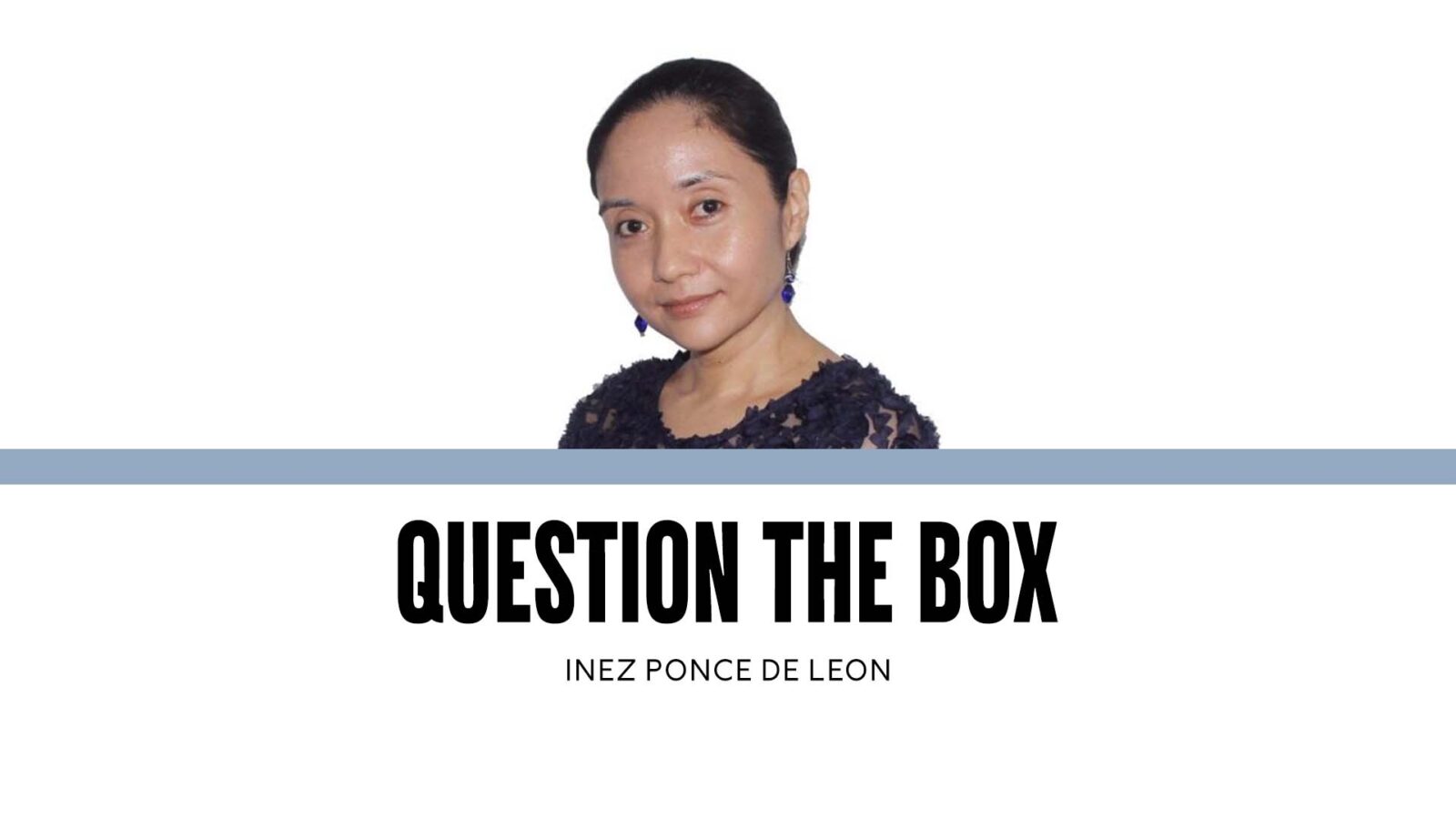
There’s this story about Typhoon “Haiyan,” where whole communities in Samar were saved because they took refuge in caves. In another story, a whole barangay had zero casualties because its mayor used local communication networks to evacuate people long before the storm hit. In yet another, houses with large open windows survived gale-force winds because the winds were allowed to flow through rather than being redirected.
Most people would say these are exceptions to the general rule that we are a country so prone to disaster that we must simply beg for dole outs. A closer look at the stories shows that we have a rich store of knowledge that can help us address our problems, and we must examine this knowledge, these unique contexts, and community history as part of problem-solving.
We need to be open to indigenous knowledge, informal networks, and ways of doing that are uniquely ours—or we risk imposing systems of control on complex realities that are only as meaningful as they are messy.
Whenever I hear these stories, I remember my 2024 creativity students, who studied how universities addressed student mobility. One campus mapped informal student trails, then developed them into new covered walks or paths. They listened to the students first, through their footsteps.
This is human-centered design, which we teach in our creativity classes. Students must first empathize with those experiencing the problem. They should not design any intervention without knowing the full context of the problem, as articulated by their target group.
They also should not make information materials without identifying whether the problem is actually something more nuanced, such as a lack of common understanding, or more insidious, such as a lack of power.
All their design work must arise from a position of empathy, from designing for people’s realities rather than prior assumptions.
Empathy is so misused that it has been equated with prioritizing feelings over facts.
True empathy, however, is seeing a person not as a helpless child to be saved but as a complex human being living in a specific context, with constraints (things that hold them back) and affordances (things that help them progress); with experiences uniquely theirs; and with decisions made using a web of prior knowledge, current events, and more.
To listen is to empathize. To empathize is to surrender control.
Many of our students shrink from this idea, and it’s no surprise: years of standardized testing and the isolation of the pandemic have made them so conscious of grades, careers, and planning for all eventualities.
To first listen? That’s to stop their busy lives, to be vulnerable, to give space to the possibility that they could be wrong.
And yet to wait for people to speak before one responds? That’s empathy. To truly listen without a need to get an impressive grade? That’s peace.
Perhaps that’s why the idea of flood control has become so inimical to national development. The idea of controlling floods means coping with problems that arose because governments prioritized cities without people, streets with only cars, growth measured through skyscrapers and housing developments.
Hence, the buildings sitting on swampland, homes built on floodplains, or forests stripped to give way to so-called “development.” Flood control is reacting, not understanding.
Maybe that’s why the wound runs painfully deep when one thinks of the people who profited from failed, unfinished, or nonexistent flood control projects. They promised communities a short-term solution to a long-term problem, never consulted with people on their ways of living and knowing, and expected people to rise on their own when the problem got worse.
They promised control in a space of unpredictability. They disregarded the stories of caves, networks of interactions, natural footpaths, heritage. They thought control would mean peace.
We ask for peace a lot right now. Some might interpret it as the death of all corrupt officials, jail time for all those who destroyed the country, or a world without storms.
Yes to justice and imprisonment. Yes to accountability. But yes, too, to longer-lasting peace built on learning to listen to each other.
I can hear the protest: there’s too much uncertainty in waiting; research is chaotic, let’s just give people information and they’ll be fine.
When we think this way, however, we equate peace with submission.
Peace might look like that person in church who sits with their eyes closed during the readings, not because they want to escape reality, but because they are listening even through the noise.
Maybe the peace we all seek is not just shutting up the corrupt or controlling nature. It might also be an openness to investing in ourselves as a country of people with many lives, histories, and traditions.
It is waiting for the footpaths so that we can walk in another person’s shoes, acknowledging the social networks that can help us live other people’s lives—listening, and being the calm in the storm of our reality.
—————-
iponcedeleon@ateneo.edu




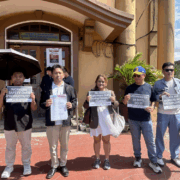


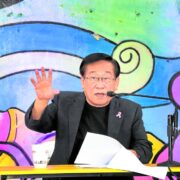

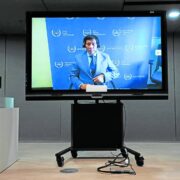
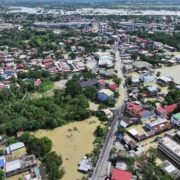
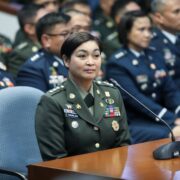
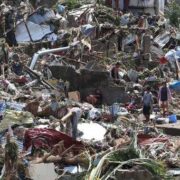

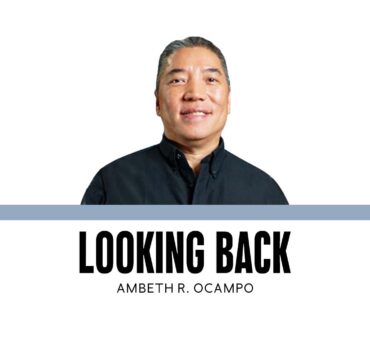
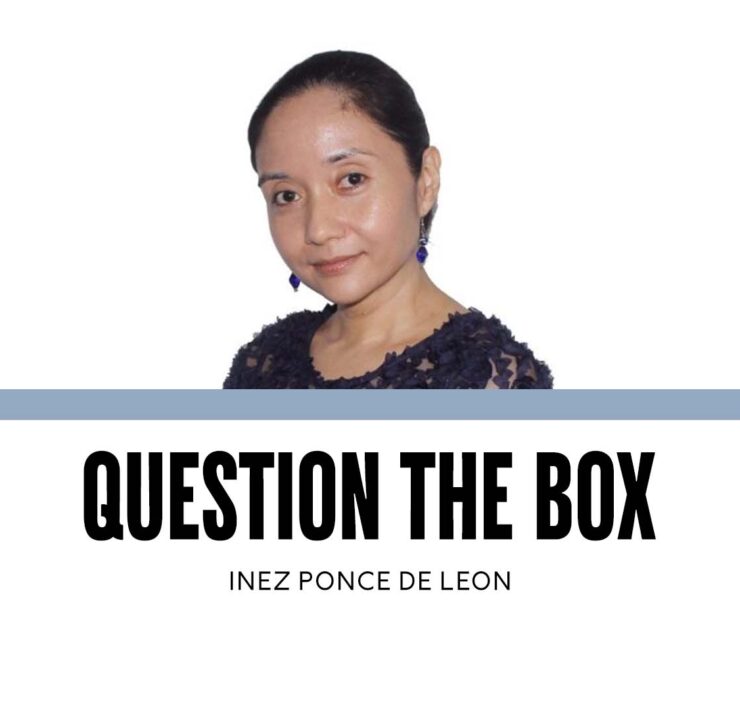


ICC warrants: Executive or judicial direct effect